What Age Should You Start Lifting Weights?
Author:
Reviewed by:
(21 years of Oly Lifting experience)
Unlock your full potential by engaging with our experts and community! Have questions about your fitness journey or looking for expert advice on weightlifting techniques? Don’t hesitate — leave a comment below and Sergii Putsov will provide a personalized answer and insights to help you reach your goals.
Torokhtiy is reader-supported. Some links are affiliate links, and we may earn a commission at no extra cost to you. See our disclosure page for details.
In a world increasingly attuned to health, wellness, and physical fitness, strength training has become a critical component in the realm of physical development and exercise, particularly for children and adolescents.
But what does this term really mean? What are the pros and cons of introducing strength training at a young age? What age should you start lifting heavy weights? And how should children and adolescents get started with strength training in a safe and effective way?
To fully answer these questions, we must delve into the specifics.
Children can start supervised strength training around the age of 7-8, focusing on bodyweight movements and proper form. Around the ages of 13-15, they can incorporate additional resistance through weights or bands. Proper technique, supervision, and age-appropriate routines are crucial for their safety and healthy growth.

What is Strength Training?
Often referred to as resistance training, strength training encompasses a broad range of exercises designed to stimulate muscle growth and promote strength and endurance using some form of resistance. This resistance, which triggers muscle contraction and stimulates muscle fibers, can be provided through various means. This includes using one’s own body weight, lifting dumbbells, using resistance bands, or working with specially designed exercise machines.
Strength training typically comprises a broad array of exercises, each targeting different muscle groups. From conventional weight lifting, known for building bulk and enhancing muscle tone, to bodyweight exercises like push-ups, squats, or lunges that improve balance and coordination while strengthening muscles, each of these exercises falls under the larger umbrella of strength training. These exercises are designed to progressively overload the muscles, gradually improving their capacity and strength over time.
This training method is based on the principle that muscles will work to overcome a resistance force when they are required to do so. When you do strength training repeatedly, your muscles become stronger. And as you continue to increase the load or resistance, your muscles strive to strengthen further to meet the new demands. Hence, strength training doesn’t just help with muscle building; it also increases bone density, reduces the risk of injury, and aids in maintaining a healthy weight.
Benefits of Strength Training for Children and Adolescents
Understanding the benefits of strength training for children and at what age is it safe to lift weights requires a comprehensive perspective, examining both physical and mental advantages.
1. Improved Physical Health
One of the most recognizable benefits of strength training is its significant impact on overall physical health. Regularly engaging in strength training exercises can promote healthy growth and development in children and adolescents. It can help improve bone density, bolster muscle strength, enhance cardiovascular fitness, and encourage a healthier body composition.
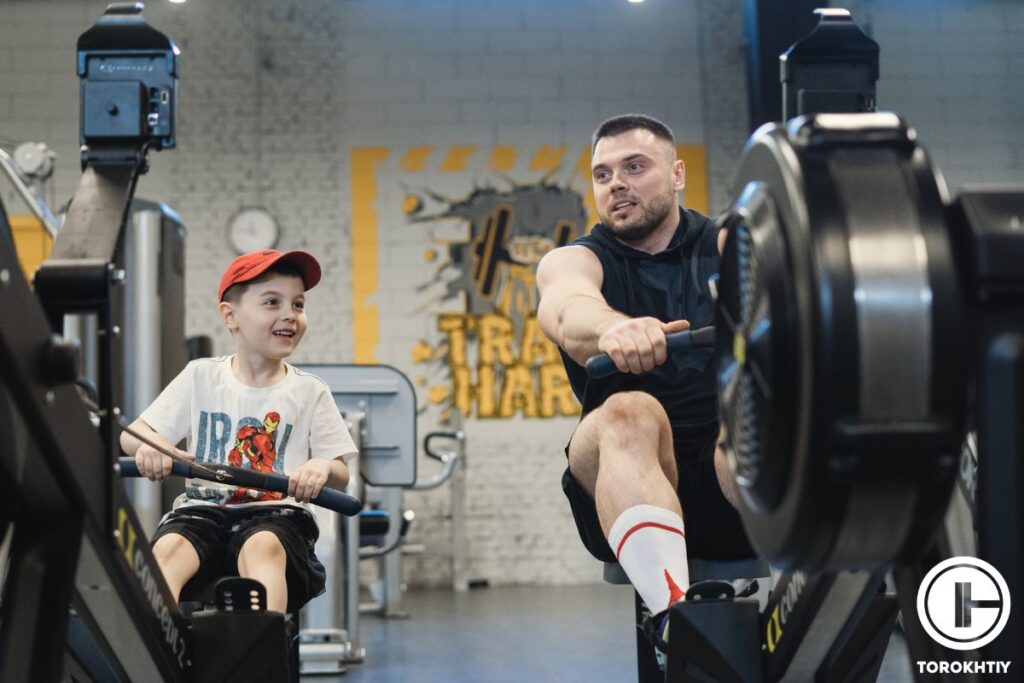
In addition to these more immediate benefits, strength training can also help establish a foundation for long-term health. By integrating regular physical activity into their lifestyle at a young age, children and adolescents are more likely to maintain these habits into adulthood, potentially reducing their risk of developing numerous health conditions, such as heart disease and type 2 diabetes.
2. Enhanced Mental Well-Being
While the physical benefits are plentiful, strength training also offers substantial mental and emotional benefits. Participating in regular physical activity can improve self-esteem, reduce symptoms of depression and anxiety, and foster a positive body image among children and adolescents. As they experience progress and achieve personal fitness goals, their confidence and self-efficacy can grow.
Furthermore, there’s also mounting evidence suggesting a link between regular physical exercise and improved cognitive functions, such as memory, attention, and problem-solving skills.
3. Boosted Athletic Performance
For those children and adolescents involved in sports, strength training can enhance their athletic performance. By improving strength, speed, agility, and endurance, they can elevate their game and outperform their peers. More than that, strength training can also contribute to their understanding of discipline, goal setting, and perseverance, invaluable life skills that extend far beyond the sports field.
Follow us!

Free!
Get a 2-week Weightlifting Program as a bonus for the subscription to kickstart your training plan!

Free!
Disadvantages of Strength Training for Children
1. Risk of Injuries
While strength training can be beneficial for reducing the risk of sports-related injuries, if not conducted correctly, it can also lead to injury. Improper techniques, overly ambitious weight loading, or a lack of adequate adult supervision can result in a range of injuries, from sprains and strains to fractures and dislocations. This is why it’s imperative that children and adolescents receive proper instruction and supervision when participating in strength training.
2. Potential Impact on Growth
One often-cited concern about children and adolescents participating in strength training is the potential for stunted growth. While most research indicates that strength training does not negatively impact growth and may even support it, there are some caveats. Improper training techniques or excessive training volumes could potentially lead to injuries that affect the growth plates in children, thereby impacting growth. However, such instances are relatively rare and can usually be avoided with properly designed and supervised training programs.
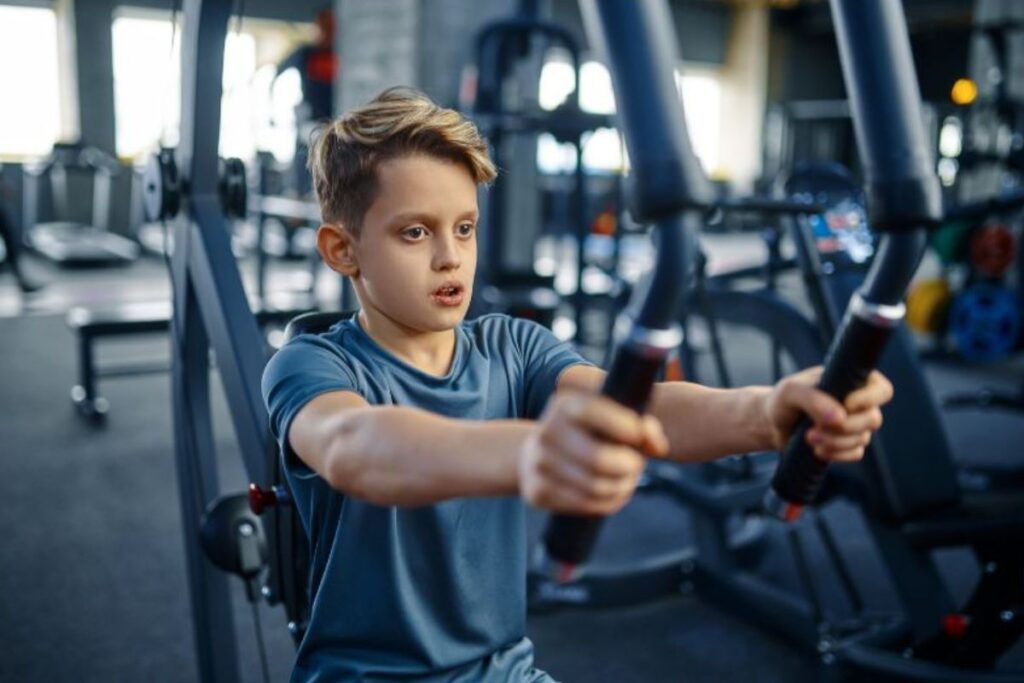
At What Age Can You Start Strength Training?
What age can you start lifting weights? There’s often a misconception that strength training is not suitable for children due to potential injury risks or adverse effects on growth. However, experts and several health organizations suggest otherwise.
The American Academy of Pediatrics (AAP), a highly respected authority on child health, suggests that strength training can safely be introduced to children as early as 7 or 8 years old. This is the best age to start lifting weights because it is often when children have developed sufficient balance and control over their body movements – crucial prerequisites for strength training.
Regarding the common question: “What age can boys start lifting weights?” It’s important to note that there is no significant difference in the recommended starting age for boys and girls. This stems from the understanding that before puberty, boys and girls do not differ significantly in their physical and physiological development. They are equally capable of adapting to and benefiting from strength training when it is appropriately implemented and supervised.
However, while the starting age for strength training may be consistent across genders, the nature and intensity of the training should always be age-appropriate and cater to the individual child’s physical development and maturity. Young children should start with exercises that use their body weight for resistance and focus on mastering the proper form and control. As they grow older and gain experience, they can gradually progress to more advanced exercises and add external weights, all while maintaining an emphasis on technique and safety.
In fact, safety and technique are of paramount importance in strength training for children. Emphasizing these elements helps ensure not only the effectiveness of the training, but also the wellbeing of the child. Proper technique helps prevent injuries, promotes effective muscle stimulation, and fosters a healthy and positive training environment. On the other hand, poor form, inappropriate weight load, or inadequate supervision can lead to injuries and diminish the benefits of strength training.
The following is a general guide on how strength training can be introduced and progressed across different age groups:
| Age Group | Recommended Strength Training Activities |
| 7-10 y.o. | Emphasis on fun activities that incorporate bodyweight resistance like push-ups, squats, and lunges. Introduction of light weights, under adult supervision, could also be considered. The primary focus should be on mastering technique and promoting a love for physical activity. |
| 11-13 y.o. | Gradual transition to a more structured strength training program. The addition of more external weights and resistance could be introduced while ensuring that the technique is not compromised. The development of a fitness routine that includes strength training can also be encouraged during this stage. |
| 14+ y.o. | Further progression to more advanced strength training exercises, including the use of resistance machines. The focus on maintaining proper technique should continue. Moreover, exercises can be tailored to match the individual’s sport or fitness goals. |
This is an answer to the main question of this topic: “what age can kids lift weights?”
What’s the Best Way to Start a Strength Training Program for Kids?
As with any new venture, starting a strength training program for kids involves careful planning, prioritization of safety, and a clear understanding of the child’s abilities and interests.
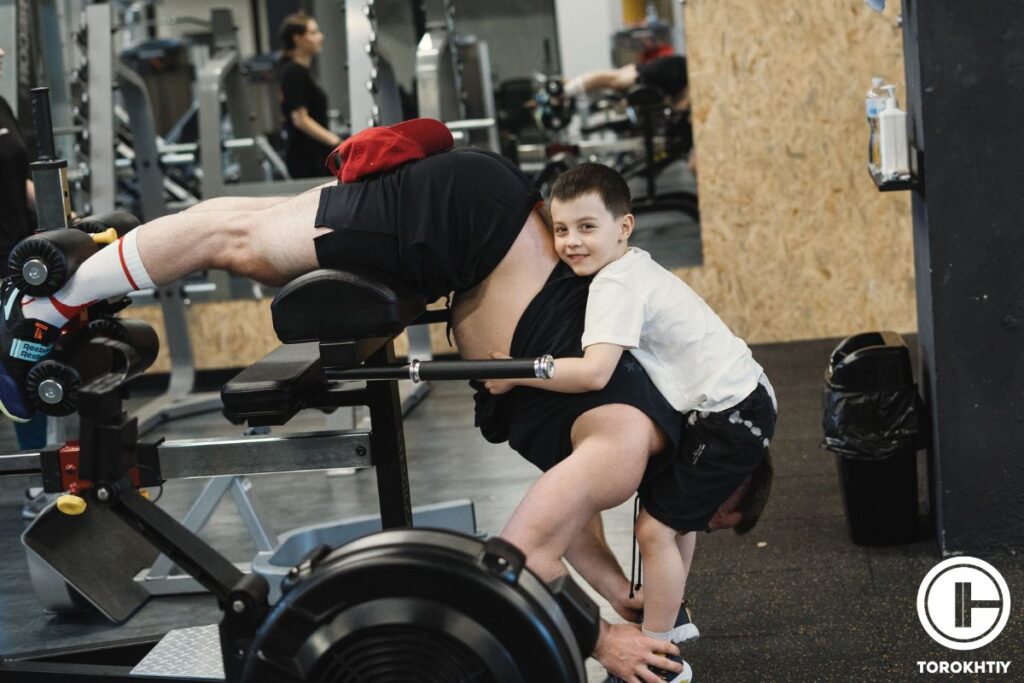
The Foundation: Bodyweight Exercises
The journey into strength training often begins with bodyweight exercises, serving as an excellent introduction to this form of physical activity for children. Bodyweight exercises harness the weight of the child’s own body as resistance, eliminating the need for external weights initially and reducing the potential risk of injury.
These exercises are versatile, require no special equipment, and can be performed virtually anywhere – at home, in a park, or at a gym. They can be easily modified to suit a child’s current level of fitness and progressively adapted as the child’s strength and endurance improve.
Moreover, bodyweight exercises help children learn proper form and control, which are foundational skills in strength training. From push-ups and squats to lunges and planks, these exercises focus on multiple muscle groups and develop core strength, balance, and coordination – all essential for more advanced strength training exercises.
It’s also vital at this stage to ensure that the child enjoys the process. Incorporating games or friendly competitions can make these exercises more enjoyable, fostering a love for physical activity and a positive association with exercise, which can carry forward into adolescence and adulthood.
Progression: Gradual Increase in Intensity
Once a child has grasped the basic movements and control through bodyweight exercises, the next step is to gradually introduce external resistance. This could be in the form of light dumbbells, kettlebells, resistance bands, or even medicine balls.
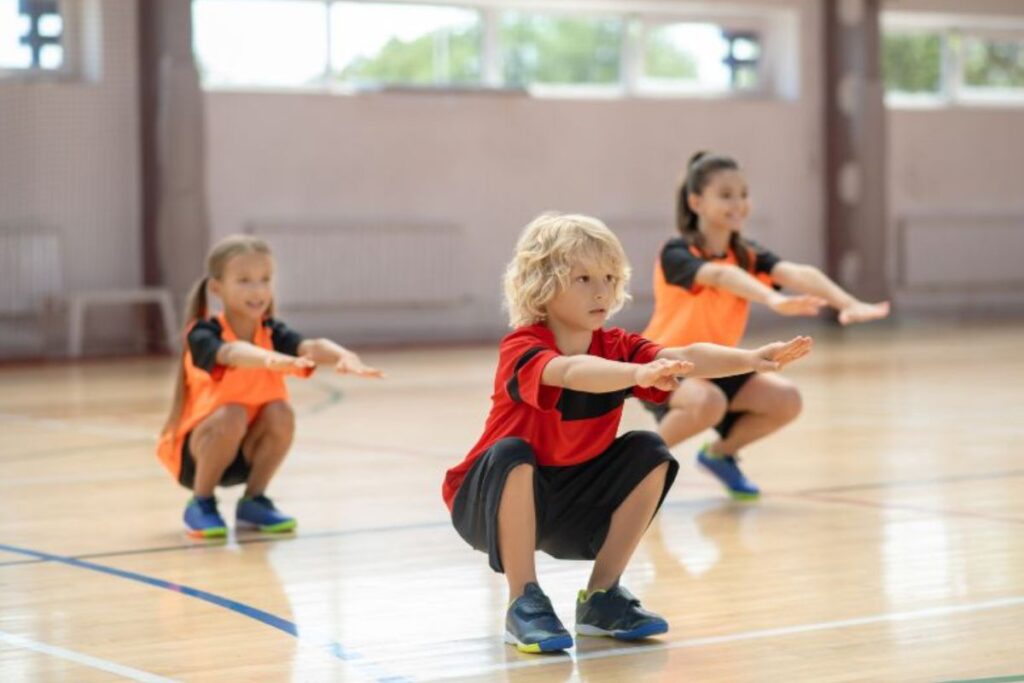
This progression should be handled with care, ensuring that the addition of weight does not compromise the child’s technique or safety. It’s important to remember that the goal of strength training at this stage is not to lift the heaviest weights possible, but to develop strength, fitness, and overall health in a gradual and sustainable manner. Therefore, maintaining proper form and control should always take precedence over the amount of weight lifted.
A useful rule of thumb is to start with a weight that the child can lift with good form for 10-15 repetitions. If the form begins to falter, this usually indicates that the weight is too heavy, and it might be best to reduce it. This gradual and mindful approach to increasing intensity ensures that the child continues to reap the benefits of strength training while minimizing the risk of injuries.
Supervision and Guidance: The Role of an Adult
One of the most critical aspects of strength training in children is proper supervision. A knowledgeable adult, whether it’s a parent, coach, or fitness professional, plays an instrumental role in this regard. They can provide guidance, correct improper technique, ensure that safety protocols are adhered to, and help the child set and reach realistic fitness goals.
An adult can monitor the child’s form, watch for signs of discomfort or strain, and provide real-time feedback, helping the child refine their technique and enhance the effectiveness of their training. They can also ensure that the child does not push too hard too soon, thus avoiding overtraining, burnout, or injuries.
Moreover, an adult’s role isn’t just about safety and technique. They can also support the child emotionally, providing encouragement and fostering a positive, empowering environment. They can help the child understand that strength training isn’t about lifting the heaviest weights or competing with others, but about personal improvement, resilience, and overall well-being.
FAQ
Is 13 Too Early to Start Lifting Weights?
“What age should you start lifting weights?” is a common question. According to science it’s safe for children to start lifting weights from the age of 7 or 8, with proper supervision. Therefore, a 13-year-old can safely engage in weightlifting as long as they’re following a well-structured program that focuses on technique, gradual progression, and safety precautions.
Is 21 Too Old to Start Lifting?
No, 21 is not too old to start lifting weights. It’s actually a great age to begin strength training and reap the benefits of increased muscle mass, improved bone density, and overall fitness.
However, when it comes to the request: “should teenager start lifting weights”, it’s important to approach weightlifting with caution. While strength training can be beneficial for teenagers, it’s crucial that they receive proper guidance, supervision, and follow age-appropriate routines to ensure their safety and promote healthy development.
Is Lifting Heavy at a Young Age Bad?
Lifting heavy weights at a young age can potentially be harmful if proper precautions are not taken. The skeletal system and muscles of children are still developing, and excessive or improper weightlifting can lead to injuries. It’s crucial to prioritize proper form, supervised training, and gradually increasing weights based on individual strength and maturity.
Does Strength Training Stunt a Child’s Growth?
No, strength training does not stunt a child’s growth when done with proper technique and under appropriate supervision. In fact, it can promote healthy growth and development. The myth that strength training stunts growth is based on outdated beliefs. As long as children use proper form, age-appropriate weights, and follow guidelines, strength training can be a safe and beneficial activity for their physical development.
Conclusion
In a nutshell, strength training can be incredibly beneficial for kids and teens when approached with care and proper guidance. It promotes their physical health, boosts mental well-being, and can even enhance their performance in sports. Plus, it sets the stage for lifelong healthy habits. I’d love to hear your thoughts and answer any questions you have in the comment section below. Let’s keep the conversation going!
Also read:
- Bulgarian Method
- Weightlifting Meal Plan
- Does Weightlifting Make You Taller or Shorter
- How to Start Weight Lifting as a Women
- Starting Position in Olympic Lifting
- What Does PR Mean in Gym
- 3-Day Olympic Weightlifting Program
- 4-Week Olympic Weightlifting Program
References:
- Photos by Torokhtiy Media Team; nomadsoulphotos, Canva.com; Zinkevych, Canva.com.
Why Trust Us?
With over 20 years in Olympic weightlifting, strength training, nutrition coaching, and general fitness our team does its best to provide the audience with ultimate support and meet the needs and requirements of advanced athletes and professional lifters, as well as people who strive to open new opportunities and develop their physical capabilities with us.
By trusting the recommendations of our certified experts in coaching, nutrition, and sports training programming, as well as scientific consultants, and physiotherapists, we provide you with thorough, well-considered, and scientifically proven content. All the information given in the articles concerning workout programming, separate exercises, and athletic performance, in general, is based on verified data.
The product testing process is described in more detail here.
Author: Sergii Putsov
Head of Sport Science, PhD
Best Results: Snatch – 165 kg,
C&J – 200 kg
Sergii Putsov, Ph.D., is a former professional weightlifter and National team member, achieving multiple medals in the 94 kg weight category at national competitions. With a Master’s degree in “Olympic & Professional Sport Training” and a Sport Science Ph.D. from the International Olympic Academy, Greece, Sergii now leads as the Head of Sport Science. He specializes in designing training programs, writing insightful blog articles, providing live commentary at international weightlifting events, and conducting educational seminars worldwide alongside Olympic weightlifting expert Oleksiy Torokhtiy.
Reviewed by: Oleksiy Torokhtiy
Olympic Weightlifting Champion, PhD in Sport Science
Best Results: Snatch – 200 kg,
C&J – 240 kg
Oleksiy Torokhtiy is a professional athlete boasting 20 years of experience in Olympic weightlifting. With multiple European and World titles under his belt, he has showcased his prowess in two Olympic Games (Beijing 2008 and London 2012). Upon concluding his illustrious career, Oleksiy dedicated himself to coaching. By 2022, he had conducted over 200 weightlifting seminars worldwide. He is the visionary behind an international sportswear and accessories brand known for its motto, “Warm Body Cold Mind.” Additionally, he is an esteemed author and the creator of a series of training programs and eBooks.




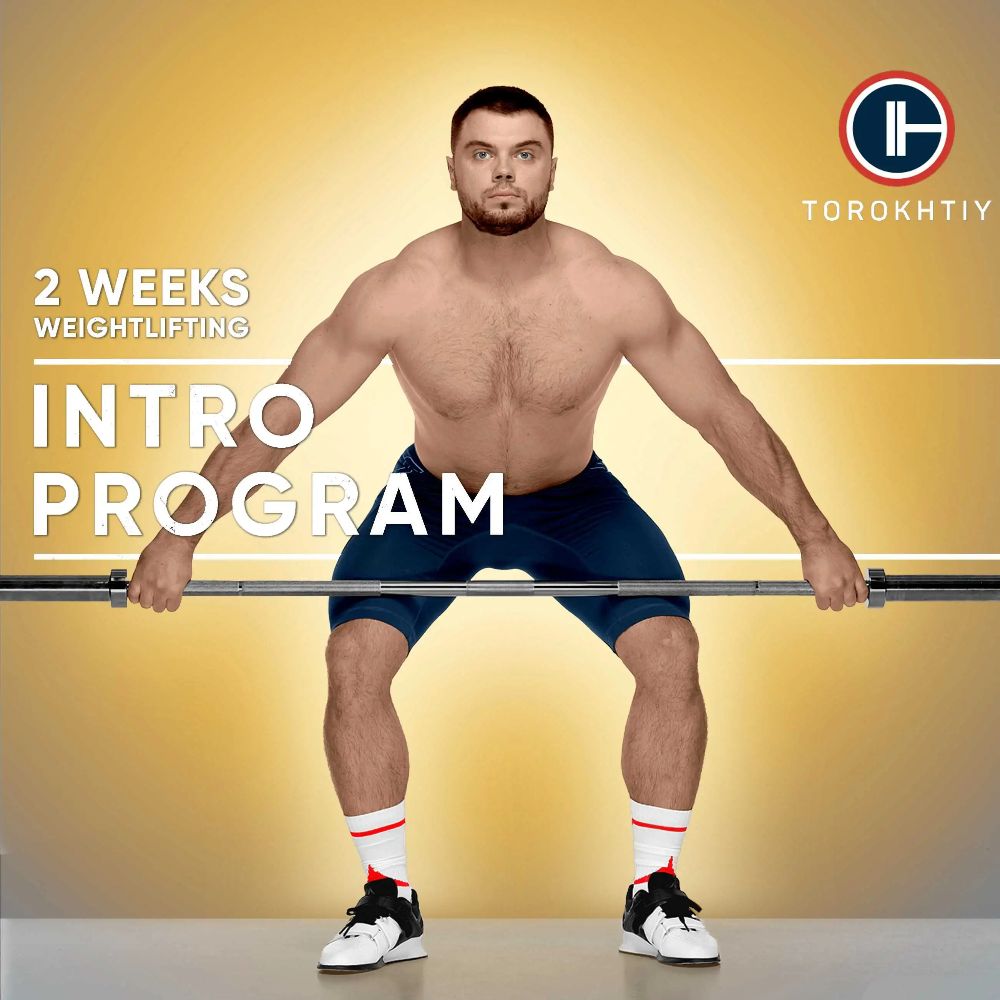
Still have questions after reading our article? Unlock your full potential by engaging with our experts and community! Don’t hesitate — leave a comment below and Sergii Putsov will provide a personalized answer and insights to help you reach your goals.